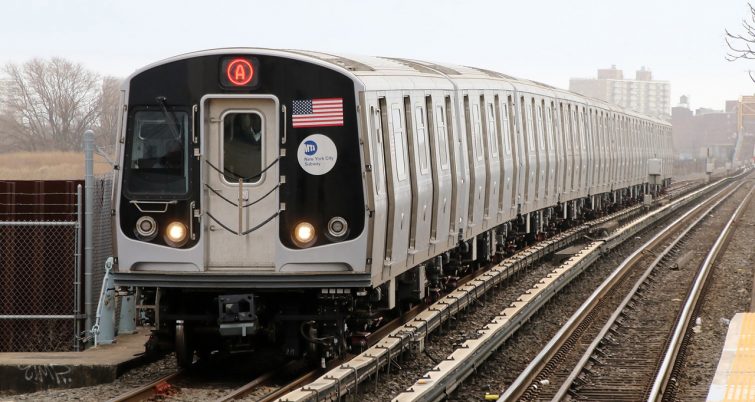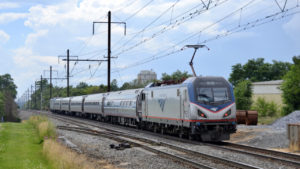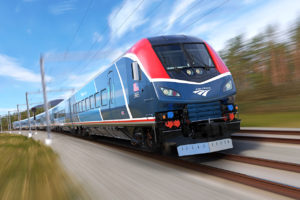MTA’s next-generation signaling system is no match for COVID-19; delays push back completion dates
Written by RT&S Staff
One day when the world is ready to get closer, Metropolitan Transportation Authority (MTA) trains will be, too.
The MTA is in the process of upgrading its signal systems, but the COVID-19 pandemic has not made the job easy. Communications-based train control (CBTC) is being installed, which relies on computers to drive the trains. The technology will allow trains to run closer together and at faster speeds.
Currently the No. 7 and L subway lines have CBTC, and the MTA was supposed to have the Queens Boulevard line, which serves the E, F, M, and R lines, computerized by March. However, due to the pandemic that will not happen until late 2021.
The cost of the signal upgrade now sits at $725 million, a $68 million increase.
According to MTA Chief Development Officer Janno Lieber, a decision was made not to do a lot of extra outages during the Queens Boulevard line installation because officials did not want people returning to the line to face too many disruptions.
COVID-19 quarantine guidelines, the MTA deciding to make some in-house adjustments, and global supply chain issues are other reasons why work is behind schedule. The Lieber team was handed the signaling job in September after it was handled by NYC Transit executive Pete Tomlin.
MTA’s F line, which runs between W. 8th Street and Church Avenue, will have the CBTC technology in March 2023. The original deadline was August 2022. Tutor Perini, who is installing the system, could not buy cable needed for the system. The MTA was able to strike a deal with contractor L.K. Comstock, which had cable left over from a subway signal project in Manhattan.
Read more articles on passenger rail.





